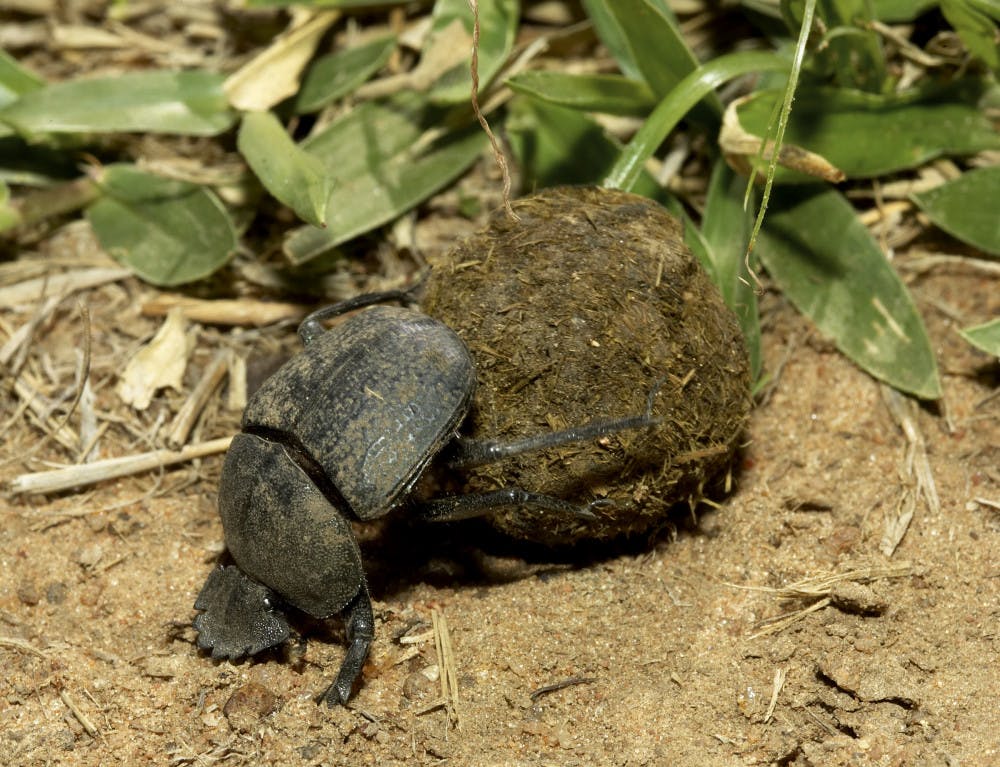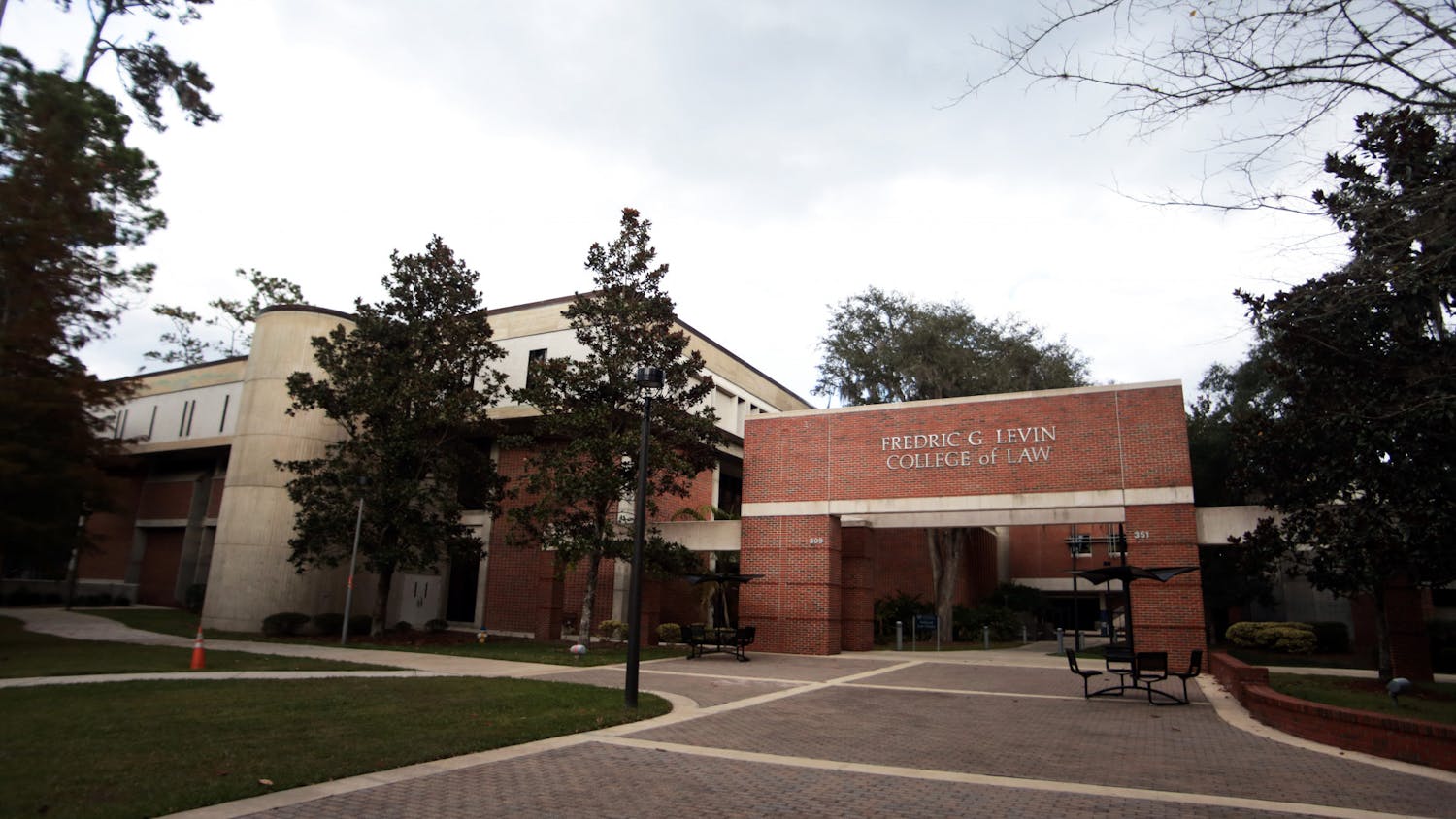Cheyenne Copenhaver, 12, pressed her face and small hands against the glass case to get a good look at what was inside. Poop.
“It doesn’t smell like poop,” she said.
Copenhaver was one of about 150 people who came to the Florida Museum of Natural History’s preview Thursday evening for a new exhibit, “The Scoop on Poop! The Science of What Animals Leave Behind.” The exhibit features Guinness World Record holder George Frandsen’s collection of coprolite, otherwise known as fossilized feces.
“It’s really important to me for people to get to see it and learn about it,” Frandsen said. “No other museum has a display like this.”
The fly-swarming exhibit is open to the general public through May 6.
Frandsen said he loaned thousands of fossils, with there being about 100 medium-sized ones on display, and countless more tiny fossils in jars. The Guiness Book of World Records counted him as having 1,277 pieces in 2015, but he said he’s collected thousands more since.
His largest fossil, named “Precious,” is four pounds, millions of years old, most likely came from an ancient crocodile and is on display for visitors.
Akito Kawahara, curator at the museum, said it’s an incredible subject — every kid talks about poop and everyone deals with it every day.
“It’s amazing,” he said. “It’s one of the fundamentals of our natural world.”
Kawahara gave a presentation during the preview, going into detail about different animals and their many uses for poop.
Based on the crowd’s reaction, some favorites included the pygmy sperm whale, which shoots a “poonado,” a thick cloud of fecal matter, at predators and the dung beetle, which is known for creating and rolling large balls of poop, Kawahara said.
The museum wants to bring in exhibits that have solid science and big ideas behind them, said Julie Waters, the exhibit coordinator for the museum.
Some animals depend on poop for food, others use it to mark their territory and some use it to lay eggs in, Waters said. People in Africa even use poop to build houses and make items such as paper.
“It’s a gross, necessary part of life,” she said. “We hope our visitors walk away with appreciation of hidden levels of biodiversity.”
There are more than 7,000 species of dung beetles and they're found on every continent except Antarctica. Roller beetles, like the one pictured here, push large balls of dung across the savannah and bury them.






